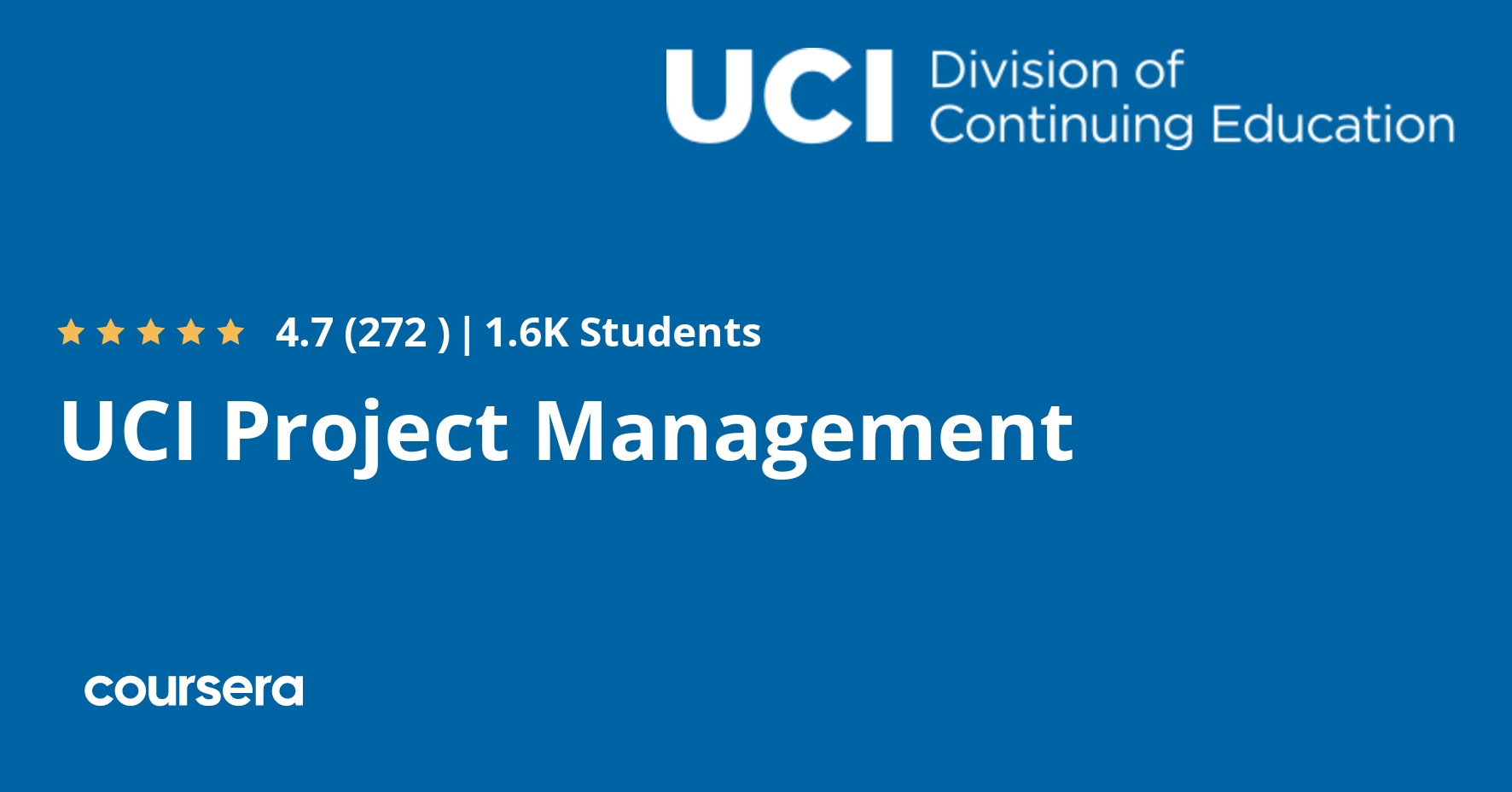
Our gut instincts can help us make the right career choices. They are important, but not to be ignored. These are useful for aspects of a decision that we have made before, such as evaluating someone's trustworthiness. But they are not helpful for new aspects.
Gut intuition is good at making career decisions
If you are in the process to make a career decision, your gut intuition can prove invaluable. Your gut instinct may not always be accurate and not all the relevant information. Using your gut instinct to decide on a job offer could lead to a poor decision if you don't take the time to find other pieces of information that would help you make a better choice.
Gut intuition is the result of your experience. It draws both subjective and objective information. Intuition can be learned and improved, unlike emotional decisions. It takes time and effort to consider a situation and look at exemplars and prototypes. It's possible to use what you learn for your future decisions.
Family influences on career decisions
Family's role in career decision-making has been widely documented and acknowledged. It can also include factors like parental values or gender perspectives. Future research could also explore the roles of grandparents as well as extended family members. One example is the possible impact of grandparents' career choices on children's careers.

It has been proven that family influence can be beneficial for the overall career path. It has also been shown to improve job satisfaction and life satisfaction. It is important to remember that there haven't been any studies showing a significant relationship between happiness and parental education. It is not clear that CDSE and self-efficacy can be directly influenced by parental income or education.
Explore all career options
Career exploration involves comparing the available options with your own criteria. This helps you see where your career is at and if it's a good fit for you. You may also find a more fulfilling career by learning new skills.
It is a process that you will continue to explore throughout your professional career. This process can sometimes be frustrating but will allow you to make better career decisions that will ultimately lead to a job you love. To determine the best career fit, you need to assess your personality, interests, technical skills, and work/life balance.
Career outcomes expectancy
Career outcomes expected (COE) measures self-efficacy as it relates to career decision making. This measure assists students in making informed choices when considering a career in STEM. Researchers have proposed different ways to assess CDSE and its influence on career decisions.
One way to measure self-efficacy for career decision-making is using demographic variables. The study is based on minority views, which allows for a thorough exploration of the perspectives of the participants. To analyze the information collected, scholars immersed themselves into the data by reading each text multiple times. Based on these readings, the scholars developed preliminary codes. These codes were then recorded in a comprehensive codebook. A continuous comparative process was used to refine them.

Interpersonal factors
Many career decisions are made in an environment that includes social interaction. In this study, the impact of family and other social relationships on career decisions was explored. While the results were similar across all participants, there were some differences in the degree to which friends and family influenced career decisions. Students were more likely to make informed decisions about the future if they were in a supportive setting or with their family.
Career decision-making processes are highly complex and involve a variety of domains. One foundation for understanding the processes involved is Gelatt's progressive model of decision-making. The model depicts decision-making as an ongoing activity that is constantly changing with additional information. Young learners may decide to pursue technology careers if they are exposed to new technologies throughout their education. In addition, adolescents dynamically integrate texts and information from other people to make their choices.